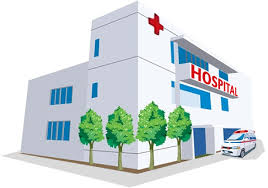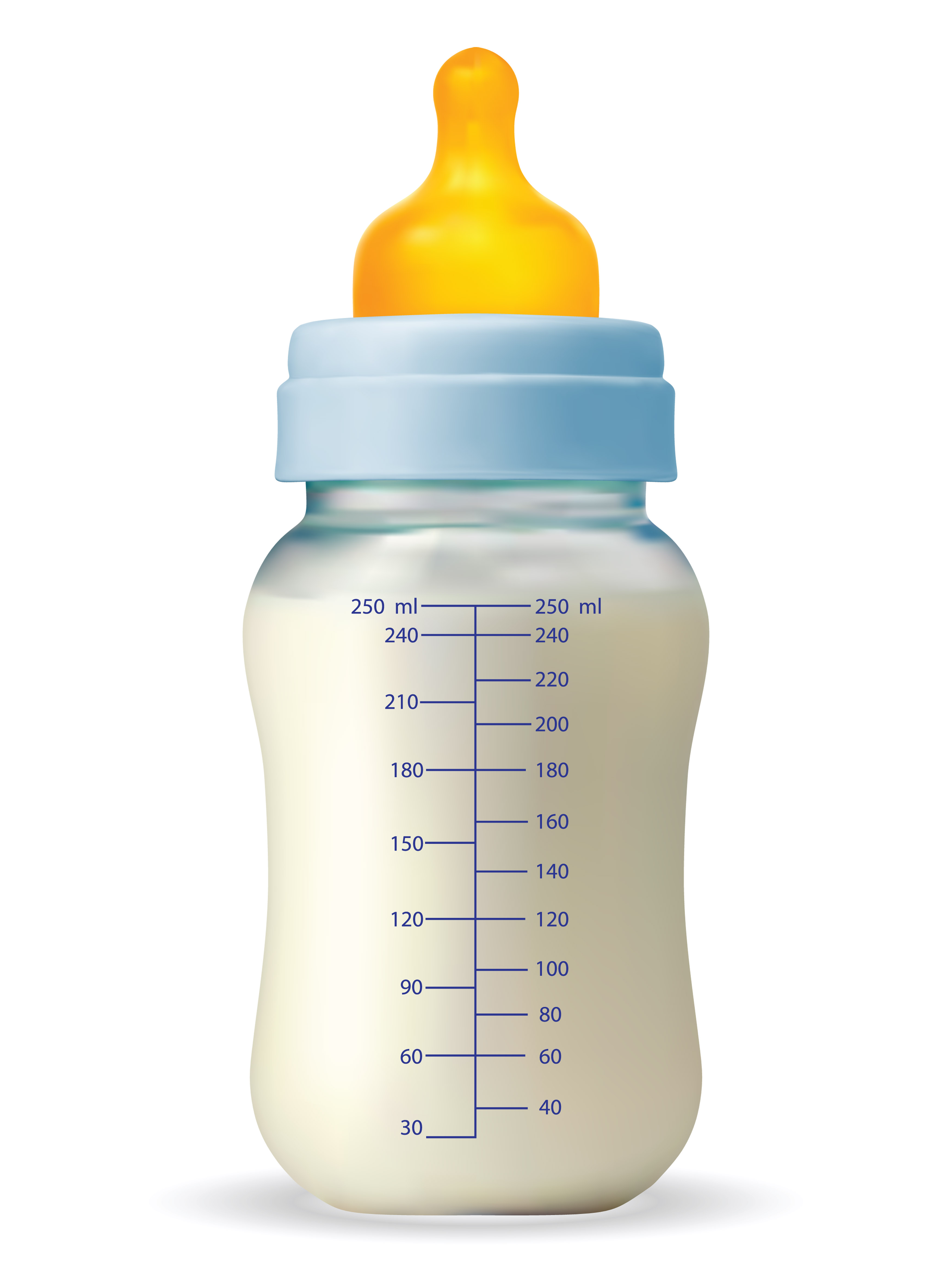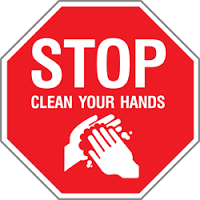Information
-
Document No.
-
Audit Title
-
Client / Site
-
Conducted on
-
Prepared by
-
Location
-
Personnel
-
Date and Time of Audit:
-
Location:
-
Auditor Name:
Personnel Interviewed:
-
Staff Names:
Miscellaneous Findings:
-
Other Noncompliant Findings?
Environment of Care
Oxygen Storage
-
Appropriate storage of oxygen tanks: never used tanks (as indicated by green<br> cap over oxygen nozzle) are stored separately from partially used and empty <br> tanks
-
Full Unused and Partially Used signs are posted on the appropriate racks
Supplies
-
Point of care testing strips and control solutions are labeled with expiration date
-
Solutions and test strips used during HLD/sterile processes are within expiration<br> date.
-
No expired supplies
-
No expired specimen containers or specimen collection supplies
Medications
-
Multi-dose vials not stored in patient care area
-
No expired medications
-
Medications secured in a locked cabinet or locked room
Marketing
-
No drug samples
-
No products or educational material with vendor name on it
HIPPA
-
All patient information is stored properly. Computers, or patient equipment <br> displaying PHI, not in use are logged off
Equipment Storage
-
Assure the bottom shelf of storage carts has a solid bottom
-
Storage greater than 18 inches from sprinklers
-
IVF, syringes, needles are locked and secure, unless in visible area at all times
Equipment Logs
-
Thermometers in refrigerators and temperatures checked daily, if applicable
-
Crash cart is locked, lock number recorded/emergency equipment log maintained only current month available out on unit
-
Crash cart log completed for all days the area is open
-
Eye wash stations are operational and logs are completed weekly for each eyewash station
Fluid and Blanket Warmers
-
Blanket warmers have proper signage and are set not to exceed 130 degrees F (54.4 degrees C). No IV fluids are being warmed in blanket warmers.
-
Fluid warmers have proper signage and are set not to exceed 104 degrees F (40 degrees C).
-
Temperature logs are up to date with temperature documented daily
-
For fluid warmers, all IV fluids are dated and timed not to exceed 14 days in a warmer
Cleaning and Disinfection
-
Cleaning solutions labeled and do not exceed manufacturer expiration date
-
Medical equipment is clean
-
SDS and Instructions for Use (IFU) manual available in clinic
-
Eye wash in every room where chemicals are sprayed or high level disinfection or sterilization occurs
-
Patient care areas are free of visible dirt, dust, and stains
-
Staff speak to appropriate handling of used instruments as applicable to the device (pre-cleaning, rinsing, stored in open position, instruments kept moist prior to transport to CSD, e.g., sprayed with enzymatic)
Patient Care Environment
-
Patient Bill of Rights poster is present and current.
-
Hallways clear - no equipment stored in hallway
-
Medical equipment has appropriate clinical engineering services tag and not <br> expired (if applicable)
-
Fall Prevention: Floors not slippery. Adequate seating. Have ADA compliant restroom. Surfaces even for walkers and wheelchairs. Staff understand how to assist those appearing to be at risk for falling.
-
All red bag trash is covered
-
Emergency pull cords in exam rooms and patient bathrooms are no more than 6 inches from the floor without touching the floor
-
Emergency pull cords in exam rooms and patient bathrooms are functional
-
Electric panels and medical gas panels are free from obstructions
-
Medical equipment is plugged directly into wall outlet or plugged into a power strip that is permanently attached to the equipment assembly (e.g. a cart). Power strips are not plugged into other power strips (daisy chain).
Staff Interview
-
How to report a patient/visitor/staff event<br>Follow chain of command, notify provider as appropriate, enter events (e.g. falls, unexpected events) into event reporting system
-
* Preventing Infections information provided to patient<br> Know how your clinical area assures your patient receives this.<br>Posted in waiting area, sent via Smart Source, or in AVS.<br>
-
What to do if a patient, visitor, or staff member has a possible stroke, heart attack, or any other medical emergency<br>call 5-4444 at any time (24/7)
-
Where to pull up disaster plan information
-
What the key Performance Indicators are<br>Ex. Hand hygiene, patient satisfaction, reduce readmissions, etc.<br>
-
How critical action values (CAV) are handled
-
Frequency that BP cuffs, exam tables, and medical equipment are disinfected (minimum of once daily and when visibly soiled)
-
Secure storage of prescription pads including storage of controlled substance prescription pads in the Pyxis









